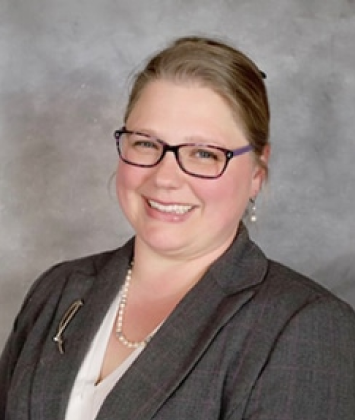Starting on December 3, 2022, trademark applicants will now have three months to respond to an office action, with the option for a three-month extension. This deadline replaces the prior six-month time frame to respond to an office action — and only applies to those issued on or after December 3 of last year. The new policy stems from the Trademark Modernization Act of 2020 and is meant to shorten the deadline to decrease the overall amount of time the lengthy registration process takes. It’s crucial to keep the updated time frame in mind when responding to an office action.
What is an Office Action?
An office action is a formal letter issued by the USPTO to a trademark applicant that specifies any legal issues with your mark or the application. Office actions are a standard part of the trademark application process and while they can be an obstacle, they are not the same as a denial. Rather, when an office action is issued, a trademark applicant may cure the deficiency in order to ensure their trademark will be successfully registered.
Office actions can either be nonfinal or final. When an office action is nonfinal, the USPTO gives you the opportunity to respond to the issue for the first time. In contrast, a final office action gives you one last chance to make the necessary corrections to your application. An office action response can be time-consuming and typically contain highly detailed arguments.
What Application Filing Bases Does the New Office Action Response Deadline Apply To?
When filing a trademark application, at least one filing basis must be specified. Failure to do so can result in you being required to amend your application. The new three-month deadline applies to most application filing bases, including the following:
- Use in commerce applications — This basis means you are currently using the mark in commerce in connection with your goods or services.
- Intent to use applications — This filing basis specifies that you have a bona fide intention to use your mark in commerce in connection with the goods and services.
- Foreign application section 44(e) — With this basis, you set forth that you own a foreign registration of the same mark in connection with the same goods or services in your country of origin.
- Foreign application section 44(d) — Also referred to as a “foreign priority basis,” this basis allows you to request a priority filing date for your USPTO trademark application that is the same as the date of your foreign application filing.
The new three-month time frame does not apply to Madrid Protocol trademark applications. In addition, the response period will not be implemented for any post-registration office actions until October 7, 2023.
Responding to a Trademark Office Action
Responding to an office action is often a laborious and complicated endeavor. Specifically, there is no uniform response — how you respond to a trademark office action will depend upon the problems that are identified in it. Trademark office actions may be issued by the USPTO for both substantive and administrative reasons. The response to an office action must address each ground of rejection and any objection the examiner raised.
For example, administrative issues can involve things like a problem with the description of the goods or services, or an issue with the specimen provided. An examining attorney might also request additional information regarding the meaning of the mark in an industry to determine whether the mark is descriptive or used as a common term within that industry. Substantive issues include problems such as likelihood of confusion, similarity between two marks, and mere descriptiveness.
USPTO Extension of Time to Respond to an Office Action
In complex cases, the option to file a request for an extension of time gives trademark applicants the flexibility they might need to respond to an office action. One three-month extension is permitted for a fee of $125. But it’s important to understand that the extension request must be filed within three months from the issue date in the office action — before a response or appeal is submitted. After the USPTO grants the extension request, it must receive the response within six months of the issue date specified in the office action.
Failure to respond to an office action by the applicable deadline will result in your trademark application being deemed abandoned. Additionally, a trademark application will also be considered abandoned if you are granted an extension request but do not file a response within the six-month time frame. However, you may be able to revive an abandoned application by filing a petition with the USPTO and paying a fee. Otherwise, you will be required to begin the trademark registration process from the beginning.
Contact an Experienced Trademark Law Attorney
The best way to avoid an office action is to ensure your application is thorough from the very beginning. Nevertheless, they are routinely issued by the USPTO and it’s essential to have a knowledgeable trademark attorney who can guide you through the process of responding to an office action. Located in Ann Arbor, Michigan, the Trademark Lawyer Law Firm, PLLC provides trademark services for business owners, startup companies, and entrepreneurs in many different industries throughout the country. With an impressive track record of successfully registering more than 6,500 trademarks, we provide our clients with exceptional legal services at reasonable rates. Contact us today to schedule a complimentary 15-minute consultation with a trademark attorney concerning your trademark matter.





